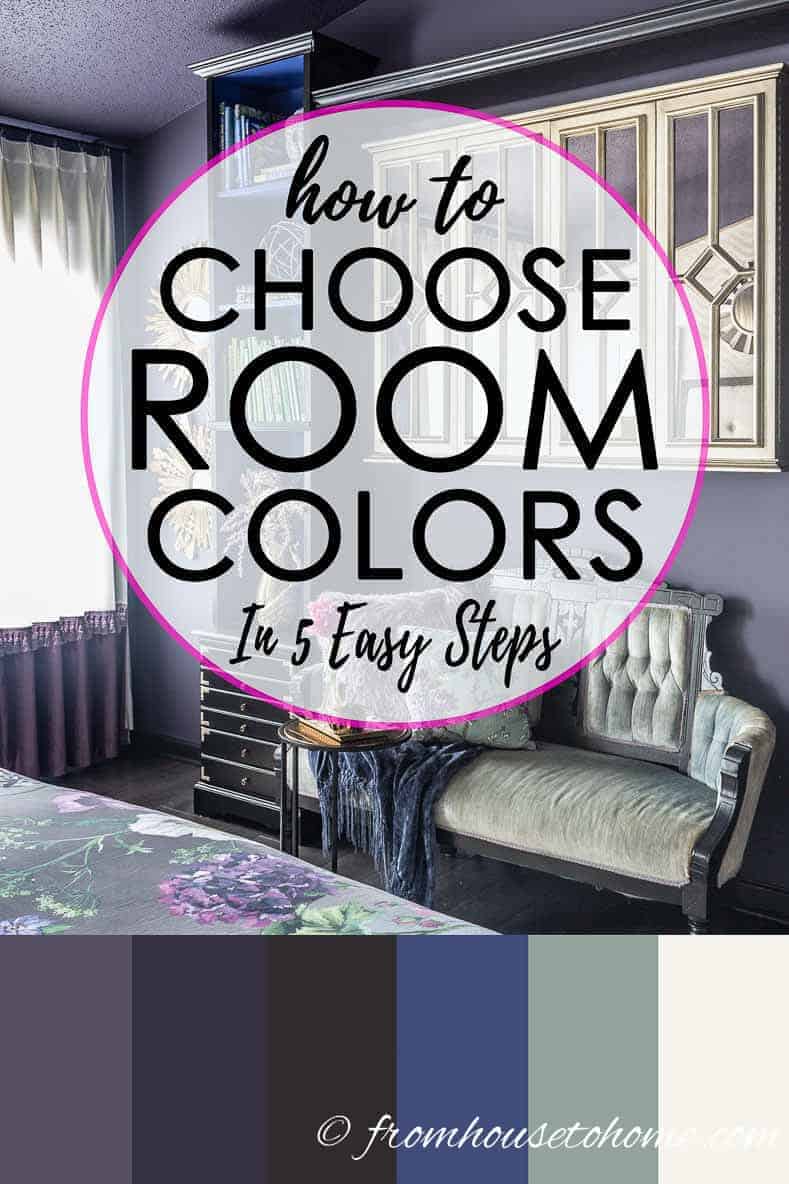Your bedroom is your sanctuary. It’s the place where you retreat to after a long day, and where you go to relax and rejuvenate. So, it only makes sense that you want to create a space that reflects your personal style and promotes a sense of peace and tranquility. One of the most important factors in achieving this is choosing the perfect color palette for your bedroom.
When it comes to selecting colors for your bedroom, there are a few key factors to consider. First and foremost, think about the mood or atmosphere you want to create in the space. Are you looking for a calming and serene environment? Or do you prefer something a bit more vibrant and energetic? Understanding your desired mood will help guide you in choosing the right colors.
Next, think about the size and layout of your bedroom. If you have a small space, you might want to opt for lighter colors to create a sense of openness and airiness. On the other hand, if you have a large bedroom, darker and deeper tones can help create a cozy and intimate feel.
Let’s start with the serene and calming color palette. If you want your bedroom to be a retreat from the chaos of the outside world, consider shades of blue and green. These colors have a soothing effect on our minds and can help promote relaxation and tranquility. Soft pastels like light blue or sage green can create a refreshing and peaceful atmosphere, while deeper tones like navy or forest green can add a touch of sophistication and elegance.
If you prefer something more vibrant and energetic, consider warm and bold colors. Reds, oranges, and yellows are known for their ability to stimulate and energize. However, it’s important to use these colors in moderation, as they can be overwhelming if used excessively. Consider incorporating them through accent pieces or pops of color, rather than using them as the main color scheme.
Another popular option for bedrooms is the neutral color palette. Neutral colors like beige, gray, and cream are timeless and versatile. They create a calm and understated look, and serve as a great backdrop for other elements in the room. Neutrals also offer flexibility in terms of accessorizing. You can easily add pops of color through pillows, artwork, or blankets to personalize the space and switch things up when you’re in need of a change.
Apart from the mood and size of your bedroom, it’s also important to consider your personal preferences. Think about the colors that truly resonate with you and make you feel happy and at peace. After all, your bedroom should be a reflection of your unique personality and taste.
When choosing the color palette for your bedroom, it’s also worth considering the impact of colors on our psychology. Colors have the power to evoke certain emotions and affect our mood. For example, yellow is often associated with happiness and optimism, while purple can bring a sense of luxury and creativity. Understanding the psychology behind colors can help you create a space that promotes the feelings and emotions you desire.
In addition to the walls, don’t forget to consider other elements in your bedroom, such as furniture, bedding, and accessories. These elements should complement your chosen color palette and create a cohesive look. Consider how different colors and materials will interact with each other and how they will contribute to the overall atmosphere of the room.
Ultimately, choosing the perfect color palette for your bedroom is a personal decision. It’s about creating a space that makes you feel at ease and promotes a sense of well-being. Take the time to explore different options, experiment with samples, and visualize how the colors will come together in your space. Trust your instincts, and remember that there are no hard and fast rules when it comes to color selection. Embrace your individuality and create a bedroom that truly reflects who you are.
